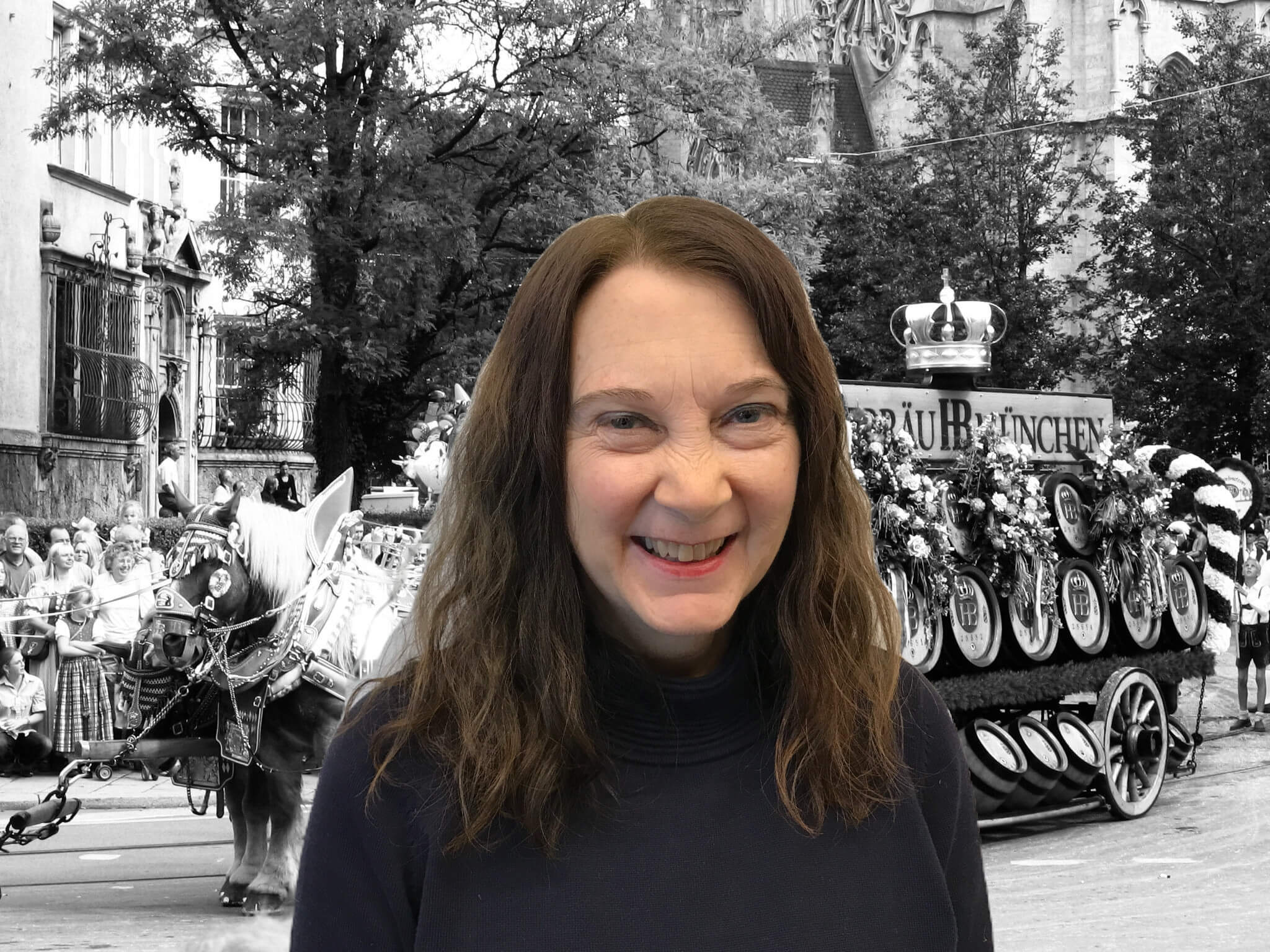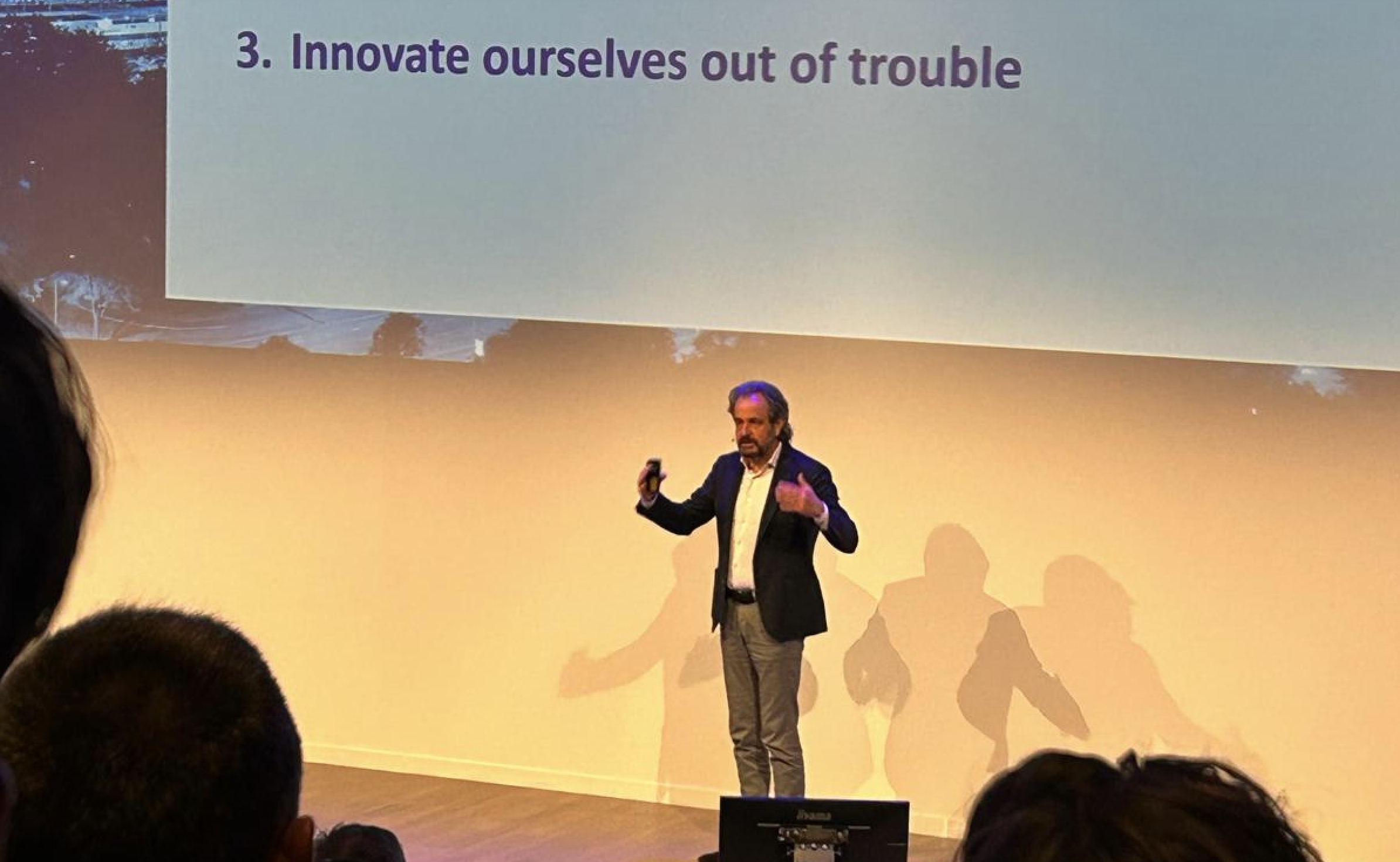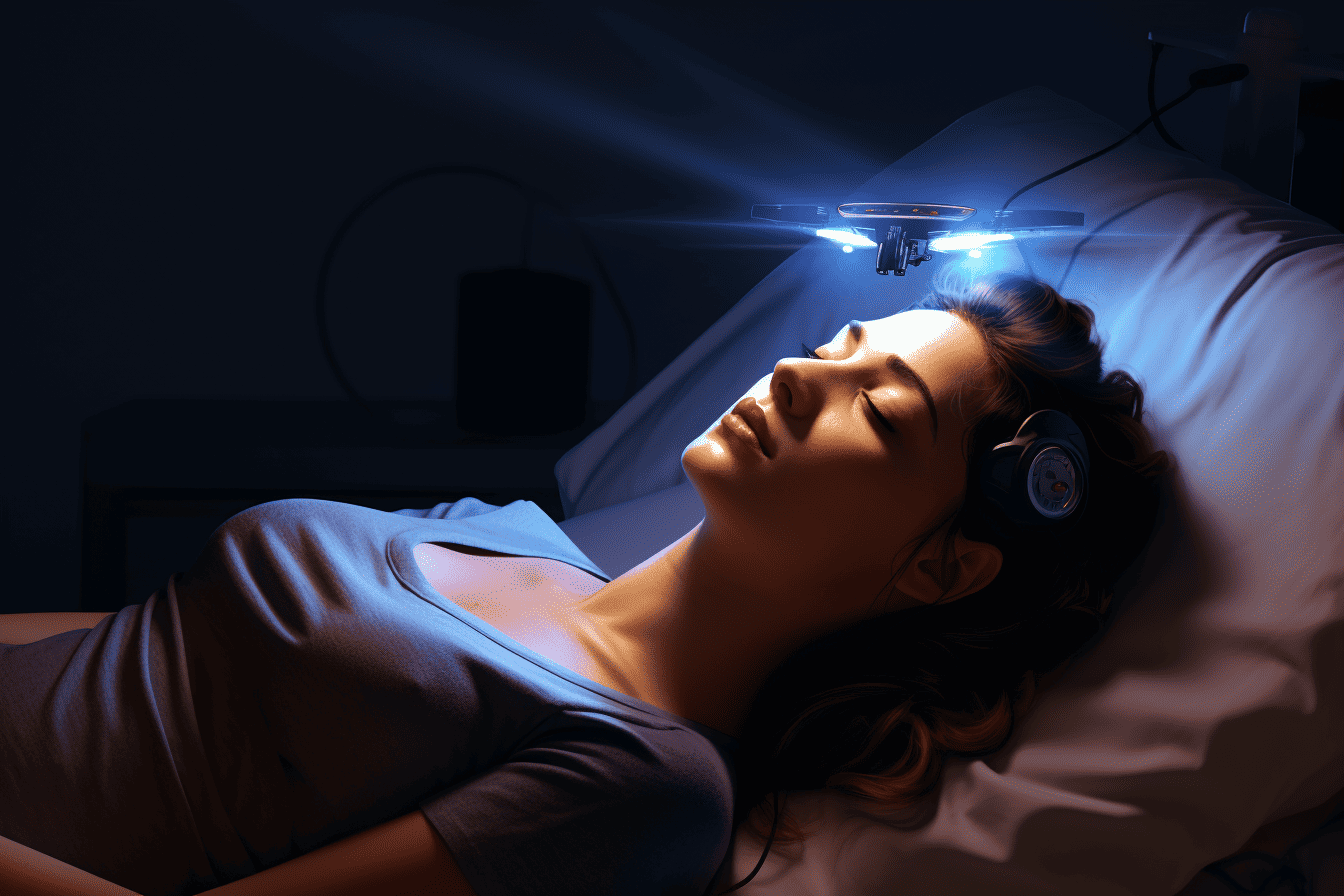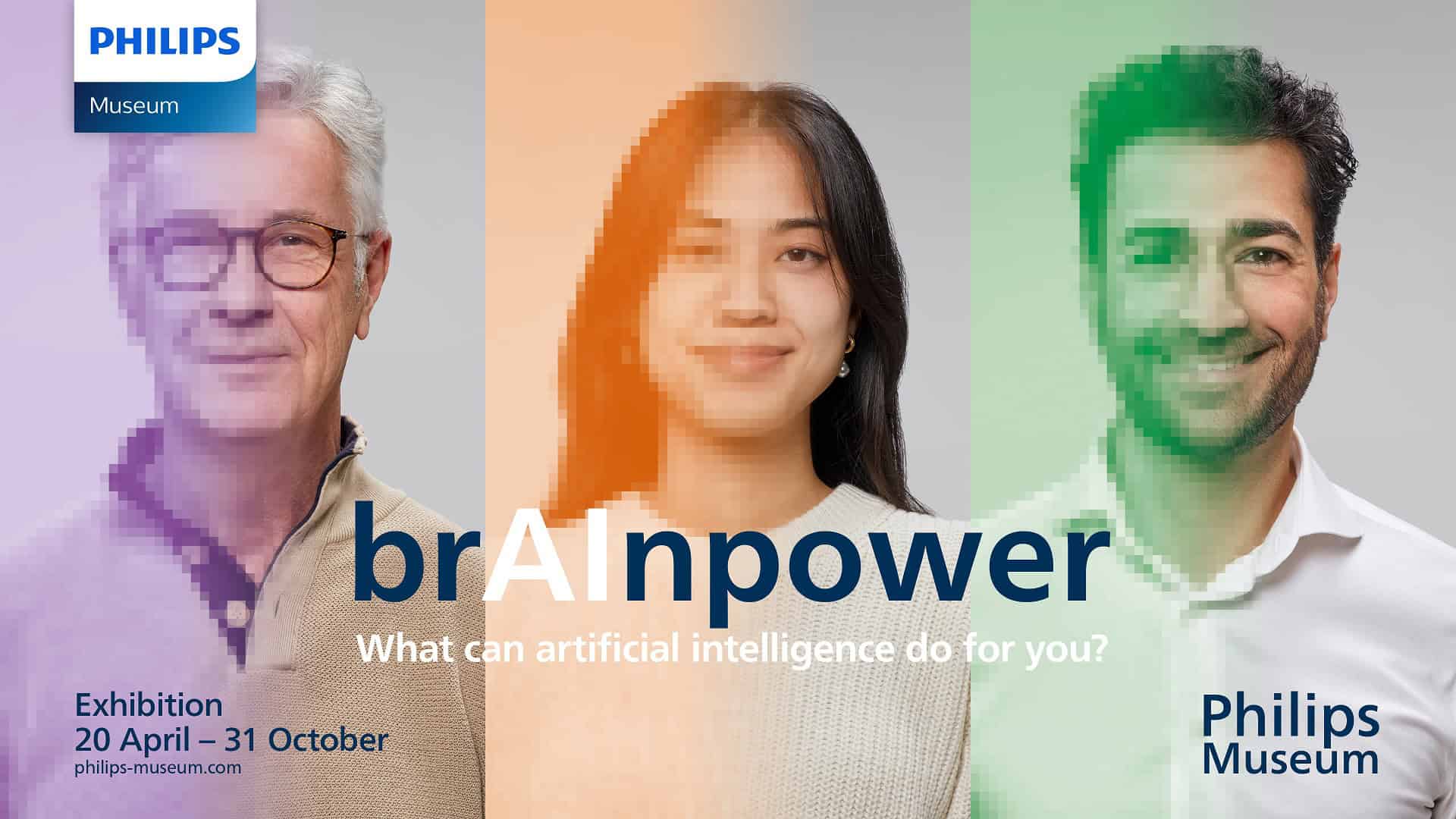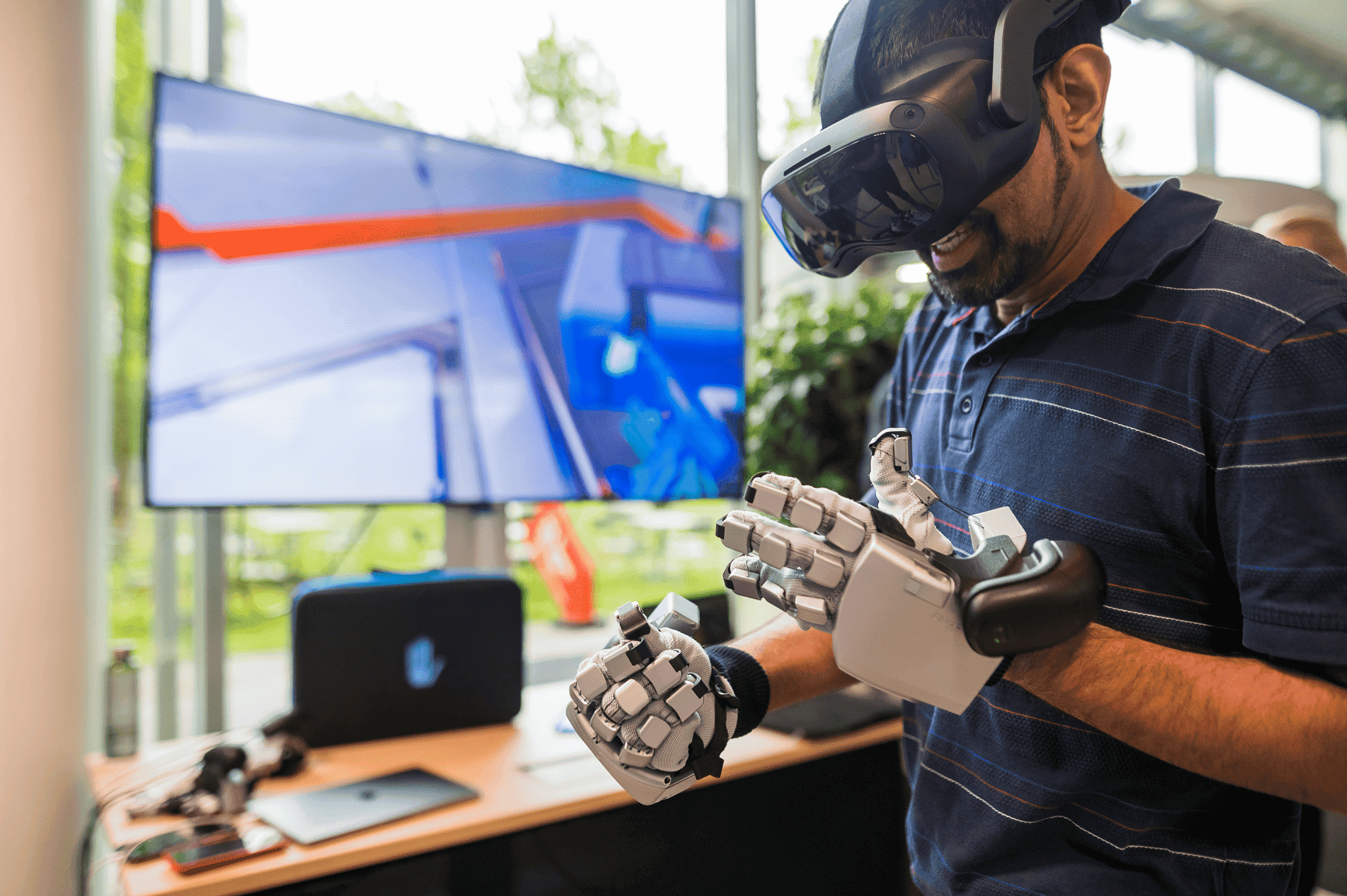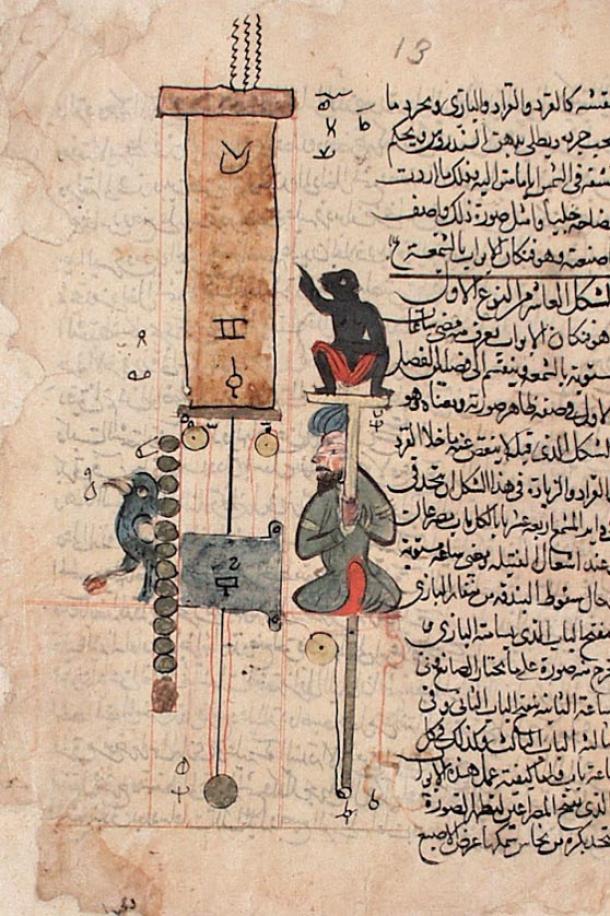
AI and art seem to represent two different worlds: technology and humanity. A closer look reveals they are intimately intertwined. Humans create technology, after all, so the two go hand in hand. AI follows a long tradition of technology reaching back to the cradle of civilization. Mankind has always sought to improve his condition using technology.
An exhibition opening on November 5th in the German Hygiene Museum in Dresden, Germany, explores this topic. Curator Yasemin Keskintepe believes that AI poses more an opportunity than a threat. IO spoke to her to learn more about the exhibition and how she reaches this conclusion.
How did the idea for this exhibition come about?
“AI is a hot topic. The exhibition deals with the effects of artificial intelligence. It asks the question: where do we want to use this technology and where should we draw the line?

Lyrics from “Hot Tub Christmas” co-written by a language model and OpenAI researchers in the Jukebox project
How do you see the connection between art and artificial intelligence?
“The exhibition raises questions. What is art? Can artificial intelligence be creative? What about authorship? These are all questions that have been discussed in recent years. What about a composition or image generated by AI. Is that art? What is the creative process behind it? How is it different from the human creative process?
There is considerable debate on this. Some people say systems that learn from patterns of the past and produce something in the same style have little to do with creativity because they produce nothing new. But you could also claim that we humans also learn from the past and are inspired by other sources.”
Art not only builds on the past, but also has outliers.
“Exactly. AI allows people to see things from a different perspective or recombine things that they wouldn’t have seen that way before. I find this process exciting: the interaction between what humans are good at and what AI is good at.
AI systems are tools that can do one thing very well and execute it very well – but not transfer it to other things. Only humans can do that. AI can help us humans shift our gaze to patterns that we wouldn’t have seen before in the data.”

AI is also used to write music. Is this the end of composition? Does this topic also form part of the exhibition?
“The exhibition features different examples of what is already possible with AI, including music composition. We are working with Open AI, a research lab from the U.S., and their Jukebox project. Visitors can tune in and listen to an array of songs generated by the AI systems.
But here the question arises: is this creativity? Can AI take something another performer has done and generate a great new pop song? That’s an open question. You can look at it either way. AI can definitely give us great templates to make a work of art out of.”
Has AI influenced the development of art in the past?
“Technological advances and art have always gone hand in hand. Artists of any age have always been quick to look at scientific findings from research as well as use these new technological developments as tools for their practice. It’s no different with AI.”
How far back in time does artificial intelligence go?
“The concept of artificial intelligence didn’t emerge until 1956, but the idea of what we understand or associate with AI today goes back to ancient times. The desire for intelligent machines, machines that do our work for us or that give us answers to life’s questions has always been present. Ten manuscripts are on display from scientists from antiquity to the 20th century showing initial ideas of artificial intelligence.
One example is a sketch by Ismael al Jazari from what is now Baghdad from the Middle Ages showing his design for a hand-washing machine. Another example is Leibniz’s binary system which serves as the basis of any computer system. The exhibition also tackles the question of the social impact of AI, for example, through assistance systems in our home environment.
We show an interesting case study of a person named M. Eifler who developed a system to support their long-term memory, which they lost. They keep a diary and films different sequences from their life and use the system to help them connect the diary and videos.”
What is the role of the artists who exhibit?
“The artists create an impressive visual world. Through contextualization, they manage to present the subject in a very exciting way and open up new perspectives.”
Some people are a bit afraid of artificial intelligence. Could this exhibition possibly serve to dispel those fears?
“I very much hope so, precisely because we are addressing and presenting the basics of how the technology works to take away some of these fears. It’s not witchcraft! The technology consists of a few components, data and algorithms.
We currently only have weak AI, which is always used in a very clearly and narrowly defined area of application. It still has a long way to go before it has the full cognitive capacity of a human. That still belongs in the realm of science fiction.”
The German Hygiene Museum looks back on an illustrious and colorful past. Launched in 1912, it served as a hub to disseminate what were at the time basic hygiene concepts on the topics of water sanitation, personal hygiene and health. During the Third Reich, the Nazis instrumentalized the institution to propagate its official views on eugenics and race theory. The WWII firebombing of Dresden destroyed the museum. It reopened with a new, unique mission: to cover humankind’s interaction with their environment in a multidisciplinary way.
Also interesting:
S+T+ARTS Festival Barcelona combines art and artificial intelligence
Can we teach Artificial Intelligence to make moral judgements?
Brainport is the cradle of navigation and digital maps
Throw out your curtains, use your smart windows

